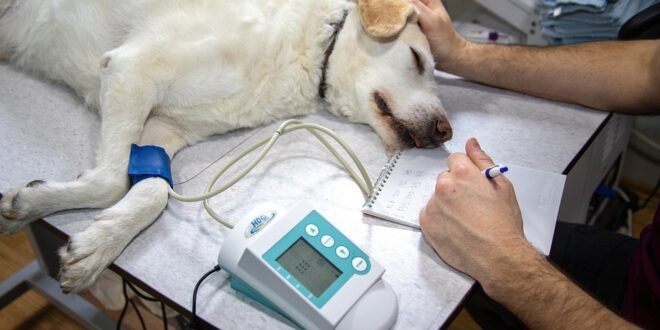Heart Disease and Women: Myths Debunked
Introduction
Heart disease is often considered a men’s issue, but it affects women just as much. Unfortunately, the realm of myths and misunderstandings surrounding heart health in women has led to many misconceptions. Let’s dispel these myths and empower ourselves with accurate knowledge to keep our hearts healthy and strong.
Myth 1: Women Are Less Likely to Develop Heart Disease
It is commonly believed that heart disease primarily strikes men. However, statistics show that heart disease is the leading cause of death among women globally. In fact, women’s risk of heart disease increases post-menopause. So, ladies, let’s be aware and proactive about our heart health, just as much as our male counterparts.
Myth 2: Only Older Women Are Affected
Heart disease doesn’t discriminate by age. While the risk increases with age, heart disease can affect women at any stage of life. It is crucial that women, regardless of their age, recognize the symptoms and adopt heart-healthy lifestyles. Prevention is key, no matter how young or old we are!
Myth 3: Women Do Not Experience Classic Heart Attack Symptoms
Unlike in men, heart attack symptoms in women can be less obvious or vary from the stereotypical crushing chest pain. Women can experience symptoms like shortness of breath, nausea, fatigue, discomfort or pain in the jaw, back, or arm. By being aware and trusting our instincts, we can seek medical attention timely, potentially saving lives.
Myth 4: Heart Disease Strangely Affects Only Thin Women
Heart disease is not exclusive to any body type. Thin or slim women are just as susceptible to heart disease as anyone else. Weight alone is not a determining factor for heart health. Instead, a balanced diet, regular exercise, managing stress levels, and refraining from smoking play vital roles in maintaining a healthy heart.
Myth 5: Heart Disease Cannot Be Prevented
Contrary to this belief, heart disease can largely be prevented. By adopting a heart-healthy lifestyle, we can significantly reduce our risk of developing heart conditions. Regular physical activity, maintaining a healthy weight, managing stress, maintaining a nutritious diet, and not smoking are some of the key components of a heart-healthy life. Small changes in our routines can make a big difference.
Conclusion
Heart disease is a serious threat to women’s health, and debunking these myths is essential for understanding the risks accurately. By staying informed and taking care of ourselves, we can work towards preventing heart disease, leading fuller and healthier lives. Remember, our hearts are precious, so let’s embrace the power of knowledge starting today!
 Mind Uncharted Explore. Discover. Learn.
Mind Uncharted Explore. Discover. Learn.


